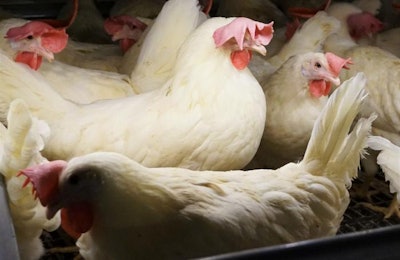
At the recent Annual Convention of ANECA in Veracruz, Mexico, right at the first conference on the health situation of the Mexican poultry industry, Dr. Joaquín Delgadillo, director general of Animal Health at Senasica, announced a new outbreak of H7N3 avian influenza located right in the high poultry production area of Tepatitlán, Mexico..
The outbreak of highly pathogenic H7N3 avian influenza in laying hens was officially reported to the OIE on May 4. The 151,000 birds were 126 weeks old, had no clinical signs and were culled. In addition, Senasica established a focus area of 3 kilometers and a peripheral area of 10 kilometers, where three empty farms for the same company were identified.
Have we become complacent?
But this time, no one in the audience said anything. At other poultry meetings in Mexico when the outbreaks were identified, it was "the topic” to discuss. Everyone talked about it, with opinions and disapproving comments of methods, companies, people, systems, etc. On this occasion, the news seemed to surprise no one. What does this mean?
After listening to Chad Gregory, president of United Egg Producers, say at the last meeting of the International Egg Commission that with so many outbreaks – and the hope that they will not happen again – perhaps this is "the new world we live in" and that "we will have to learn to live in it, forever," I wonder if this indifference is a sign we have become accustomed to avian influenza. Is this the world we now live in?
It could be, but I hope this does not lead the Mexican poultry industry to further spread conformism. The country is a prisoner to its internal consumption, in which per-capita egg consumption is perhaps approaching its limit and chicken consumption is more than complemented by the imports of the United States and Brazil.
With the protectionist tiger of the north and the tiger of the south ready to pounce, Mexico needs to be sanitarily reliable to be able to export. This is essential, as César Quesada, president of Mexian poultry organization Unión Nacional de Avicultores, pointed out, other Mexican livestock sectors are growing faster than poultry because they export. What do you think?


















